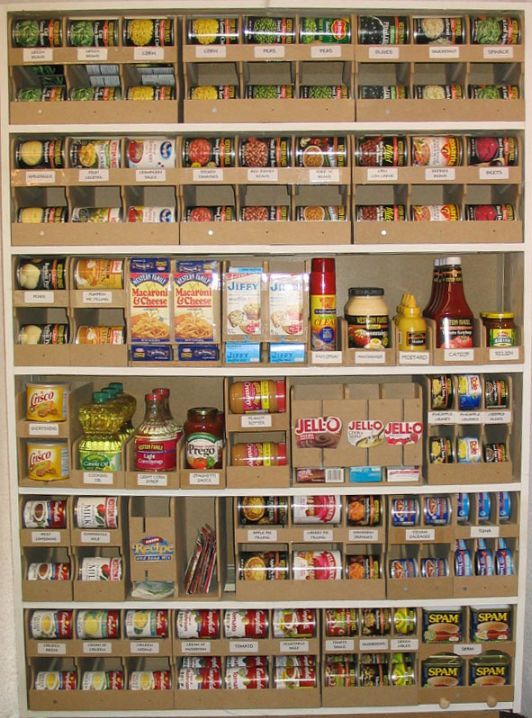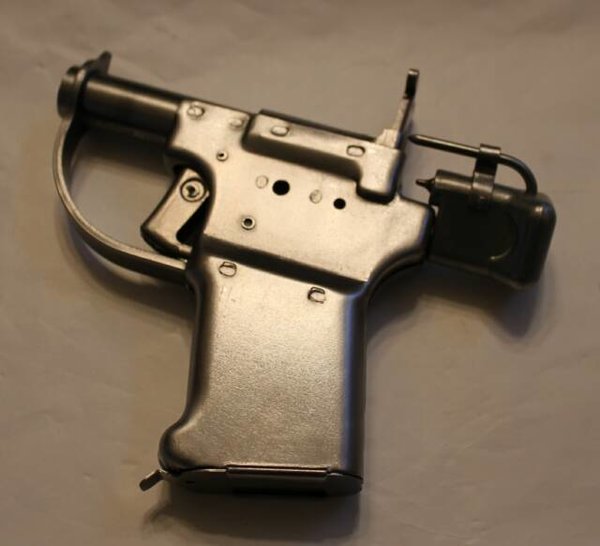It is my wholehearted opinion that the year 2018 will become the decisive year for the future of life on this planet. Culminating in an all-out nuclear war at worst, or ground war at best. Things as they stand are untenable for much longer. I am not advocating one position or plan over the other with this brief writing and I am not stating that violence or harming others should be considered. I am merely offering a wide variety of situations and possibilities to bring about different thoughts and ideas.
Long Gone is Political Leaders’ Desire to Promote Public Good
Long gone is integrity, honor, and a desire to promote the public good from political leadership, only to be replaced by self-serving hucksters hell bent on regime change, wars, and U.S. hegemony over the entire world. In most cases, the whole purpose of our “prepping” is in anticipation of events caused by this mindless leadership that will ultimately lead to societal breakdown and an “every man for himself” attitude. Unfortunately, while we prepare, others do not. The question for preppers becomes, can we realistically hold down the fort and protect what is ours in an onslaught of humanity bent on taking what we have at all costs?















